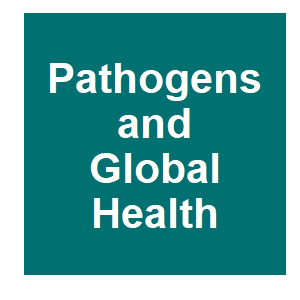Cellular mechanisms regulating synthetic sex ratio distortion in the Anopheles gambiae germline

|
R. E. Haghighat-Khah, A. Sharma, M. R. Wunderlich, G. Morselli, L. A. Marston, C. Bamikole, A. Hall, N. Kranjc, C. Taxiarchi, I. Sharakhov and R. Galizi,
Pathogens and Global Health,
114:370-378.
2020.

Genetic control strategies aimed to bias the sex of progenies towards males present a promising new paradigm to eliminate malaria-transmitting mosquitoes. A synthetic sex-ratio distortion (SD) system was successfully engineered inAnopheles gambiaeby exploiting the meiotic activity of the I-PpoI endonuclease targeting ribosomal DNA (rDNA) repeats, exclusively located on the X chromosome. Males carrying the SD construct produce highly male-biased progenies without evident reduction in fertility. In this study, we investigated the fate of X and Y chromosomes in these SD males and found that ratios of mature X:Y-bearing sperm were comparable to wild-type insects, indicating absence of selection mechanisms during sperm maturation. We therefore tested the effect of meiotic cleavage of both X and Y chromosomes in a lab-generated SD strain carrying rDNA on both sex chromosomes, showing fertility comparable to wild-type and a reduced male-bias compared to SD males in which only the X is targeted. Exposure of Y-linked rDNA to I-PpoI cleavage for consecutive generations rapidly restored the male-bias to typical high frequencies, indicating a correlation between the number of cleavable targets in each sex chromosome and the sex-ratios found in the progeny. Altogether our results indicate that meiotic cleavage of rDNA repeats, located in the sex chromosomes ofA. gambiaeSD males, affects the competitiveness of mature sperm to fertilize the female oocyte, thereby generating sex-biased progenies. We also show that the presence of rDNA copies on the Y chromosome does not impair the effectiveness of engineered synthetic SD systems for the control of human malaria mosquitoes. More related to this: Defects in nuclear transport enhance segregation distortion Closing the (Ran)GAP on segregation distortion in Drosophila
|



